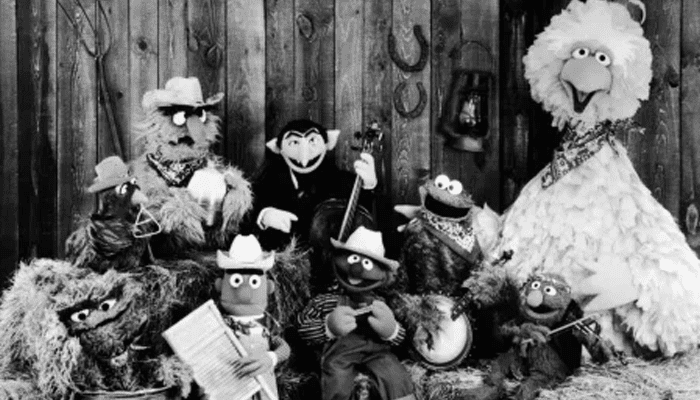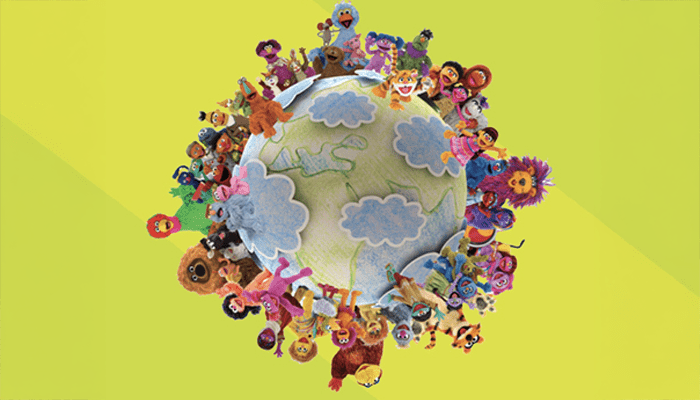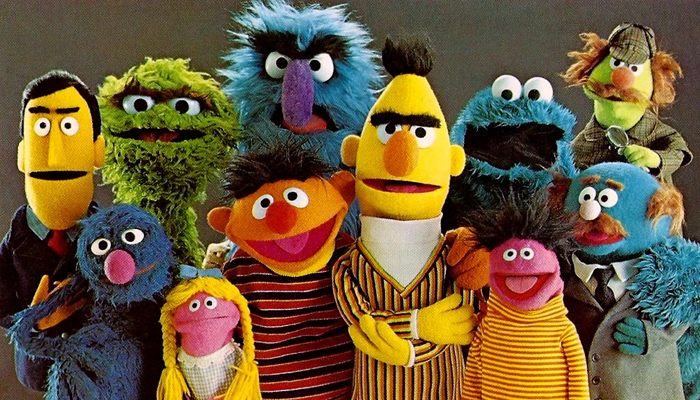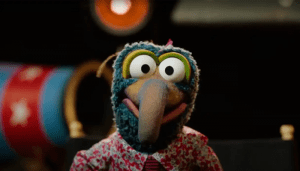For over half a century, Sesame Street has been a comforting presence in children’s television, combining education with entertainment to create an iconic formula loved by generations. Airing its first episode on November 10, 1969, Sesame Street broke the mold of children’s programming with its unique blend of puppetry, live-action, and engaging storylines. As we explore the journey of this groundbreaking show, we’ll delve into the milestones and challenges it has faced, how it has adapted to changing times, and its lasting impact on global education and culture.
Origins and Early Success
Sesame Street emerged from an experiment to harness the power of television as an educational tool. Created by Joan Ganz Cooney and Lloyd Morrisett, with help from puppeteer Jim Henson and his Muppets, the show was designed to prepare young children, especially those from disadvantaged backgrounds, for school. The series incorporated research-backed strategies to teach basic literacy, numeracy, and social-emotional skills in an engaging format.
The show’s innovative use of Muppets, human characters, and animated segments captured the imagination of children while addressing serious issues like diversity and inclusion. By bringing characters of varied backgrounds and abilities together on-screen, Sesame Street set a new standard in representation on television. With Big Bird, Oscar the Grouch, and Cookie Monster becoming household names, Sesame Street’s early success was unprecedented, earning high ratings and numerous awards.
Adapting Through the Decades

Over the decades, Sesame Street has continually evolved, reflecting social changes and incorporating new educational research. As media consumption patterns shifted, Sesame Street innovated to maintain its relevance and continue reaching children effectively.
In the 1980s and 1990s, the show expanded globally, with international co-productions tailored to local cultures and educational needs. These versions included “Sesamstrasse” in Germany and “Plaza Sésamo” in Latin America. The goal was to provide children worldwide with a relatable learning experience, bridging cultural gaps while emphasizing universal values of kindness and curiosity.
By the early 2000s, Sesame Street began to address issues such as health, sustainability, and coping with tough situations, like divorce, military deployment, and family illness, all while maintaining its core educational mission. Characters like Abby Cadabby and Julia, a Muppet with autism, were introduced to better represent the diversity of its audience and teach acceptance and empathy.
Challenges in a Digital Age
As digital media consumed more of young children’s attention, Sesame Street faced the challenge of maintaining its presence amid countless entertainment options. In response, the show embraced new technologies and platforms to deliver educational content where its audience was spending time. This included creating interactive online games, mobile apps, and a YouTube channel featuring shorter, engaging clips.
The transition to digital formats allowed Sesame Street to extend its reach and educational impact. Still, the organization behind the show recognized the importance of maintaining a balance between screen time and other developmental activities for children.
Funding models also shifted during this time. In 2016, Sesame Workshop, the nonprofit behind Sesame Street, formed a partnership with HBO, allowing the cable channel to premiere new episodes before they aired on PBS. This move generated additional resources for production while ensuring that Sesame Street remained available to all audiences on public television after a nine-month window.
Social Impact and Cultural Relevance
Sesame Street’s commitment to addressing real-world issues has only grown stronger over the years. The series has tackled a range of social and emotional topics, helping children and families navigate difficult conversations. Conversations around race, identity, and fairness became focal points as the show responded to societal changes and movements, such as Black Lives Matter.
In recent years, the show has expanded its content to cover topics like environmental responsibility and the importance of kindness and mindfulness. Sesame Street’s approach to these topics is not only informative but also involves collaboration with experts to ensure accurate and age-appropriate messaging.
Sesame Street also utilizes its platform to interact with families directly through initiatives beyond the television screen. These include community engagement programs, resources for educators and caregivers, and strategic partnerships with organizations like HBO Max and Apple TV. By reaching children in varied settings, Sesame Street reinforces its educational mission while remaining culturally relevant.
The Global Reach of Sesame Street

Sesame Street’s international impact is a testament to its universal appeal and adaptability. As of today, the show reaches children in over 150 countries. Each international co-production is carefully curated, with local partners ensuring the content addresses specific educational and social needs while retaining the heart of what makes Sesame Street special.
From addressing HIV/AIDS in South Africa’s “Takalani Sesame” to social harmony in Israel and Palestine’s “Rechov Sumsum/Shara’a Simsim,” the global iterations of Sesame Street embody a commitment to empowering children everywhere with the knowledge and skills they need to thrive.
Looking to the Future
As Sesame Street moves forward, the show continues to embrace innovation while staying true to its roots in educational excellence and inclusivity. The challenges of an ever-evolving media landscape remain, but Sesame Street’s resilience and adaptability ensure it stays a beloved staple in children’s education.
While the dynamics of children’s media continue to shift, Sesame Street’s commitment to serving young audiences and their families sets a benchmark for future educational content. As it navigates new frontiers in technology and storytelling, Sesame Street holds fast to its mission—helping children grow smarter, stronger, and kinder in an increasingly complex world.
In conclusion, Sesame Street has not only survived the test of time but has thrived by adapting to new challenges and opportunities. Its journey from a groundbreaking educational experiment to a globally recognized cultural icon is a story of innovation, resilience, and unwavering dedication to child development and social equity. As we look to the future, Sesame Street remains a shining example of how media can be a powerful force for good in society.




